Applying Multiple Constraints to Features
You can define multiple constraints as primary, secondary, or tertiary.
For example, an assembly could require you to mate a feature with more
than one feature, such as a shaft constrained at both ends by a set of
bores.
Examples
|
|
Secondary shaft |
|
In this example, the main shaft, which is mated to the housing, must
align with the housing's left and right-side holes. The secondary shaft
must align to the center bores of the two cover plates. |
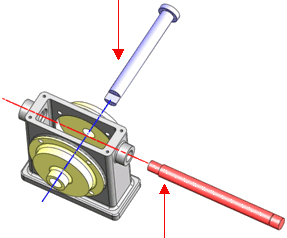
|
|
|
Main shaft |
|
|
|
|
When constraining the main shaft to the housing, select the concentric
 options for the both the left and right-hand hole as
primary constraints. options for the both the left and right-hand hole as
primary constraints.
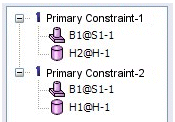
|

|
|
|
|
|
When constraining the secondary shaft, select the concentric  options for each cover plate as primary constraints. options for each cover plate as primary constraints.
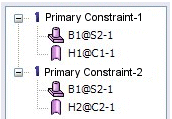
|
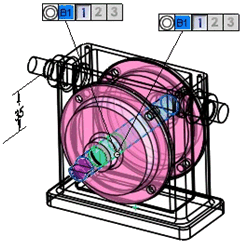
|
|
|
|
Other examples of applying multiple constraints: |
|
|
You can mate the cover to the two planes
on the base using two coincident constraints. |
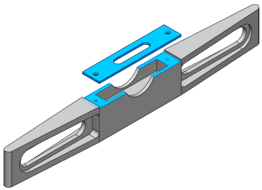
|
|
|
|
|
You can mate the four holes on the cover
with four holes on the housing as the secondary constraint. |
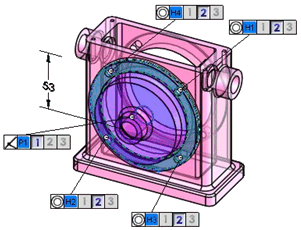
|